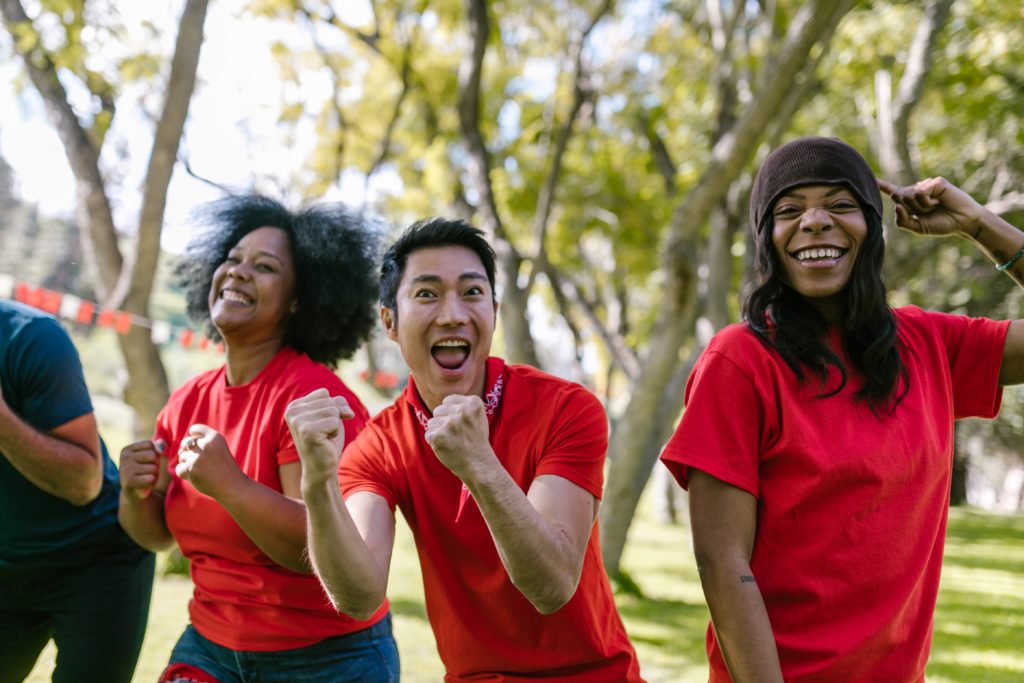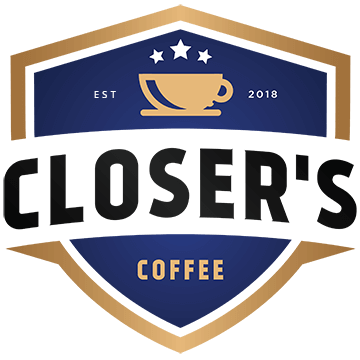
Harvard Business Review estimates the annual turnover among U.S. salespeople runs as high as 27%—twice the rate in the overall labor force. In many industries, the average sales tenure is less than two years.These numbers are staggering, especially for small businesses, where building relationships can significantly improve the odds of securing a sale and retaining that customer for the long-term. The hiring process is expensive, on average $4k per employee according to Glassdoor, and takes valuable time from your sales leadership.
Beyond the direct financial impact, high turnover may indicate bad company culture, scaring away potential hires before they even apply.
Thus the hiring process becomes that much more difficult (and even more expensive as gaps in employment eat away at lost time you’ll never get back).
For these reasons, building retention among existing sales teams is of extreme importance. In the cut-throat sales industry, success is the key to retention, but sales teams often struggle to motivate new employees who may have a long road between their first day and their first deal.
How can the sales culture mimic that motivation of success in between closings? Gamification may be the solution.
Gamification is the process of integrating elements of game into non-game processes. Simply put, gamification is making a game out of…anything!
It’s not quite as simple as friendly (or not-so) competition and expecting sales people to want to win or beat each other. The process of gamification takes motivational psychology into consideration by implementing game-like experiences exactly where they can benefit your organization the most.

The Psychology Behind Sales Gamification
For sales leaders who need proof of ROI before implementing new processes and rallying their team around a new concept, let’s have a brief history lesson on the success of gamification.
Psychologist B.F. Skinner is renowned for his influence on behaviorism. You might know one of his most famous experiments called the Skinner Box. In this experiment, Skinner would place a hungry rat inside a box with a lever and a slot where food would come out when the lever was pressed. Through conditioning, the rat would learn the desired behavior through trial and error.
Likewise, incentivizing employees causes a ‘learned behavior.’ If I produce X outcome, I will be rewarded with Y. The subsequent behaviors begin to mold themselves into the subconscious mind, motivating the employee to continue the behavior that gave the reward.
Now apply this idea to the sales team and suddenly you can see how implementing a ‘gamification culture’ can lead to increased sales by sprinkling monotonous days with frequent rewards that bridge the gap between closings.
Months later, the employee is still happy and continues to grow with the company. You’ve developed a fun, positive gamification culture that encourages people to stick around because they feel appreciated and valued. They even say they have fun at work.

The Closer’s App is a Game Changer
The Closer’s App allows sales leaders to motivate, challenge and reward their sales organization with proven game theory and mechanics to drive results. 90% of sales managers surveyed state that sales output increased when gamification was applied to their operations, Our gamification platform has proven to increase productivity, boost performance and create a friendly competitive environment for sales team of all sizes.
Closer’s has a sophisticated rating system to help quantify the work attributes of your sales reps, allowing managers to better coach and asses their team. Research shows that gamification and friendly competition can drive team morale and comradery.
The Closer’s App is a game changer, download The App now and take your team to the next level!






